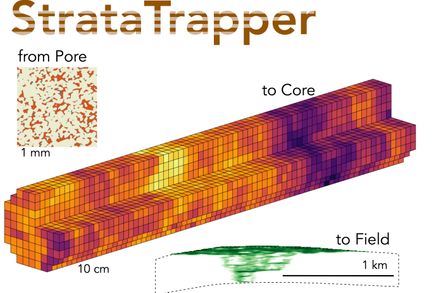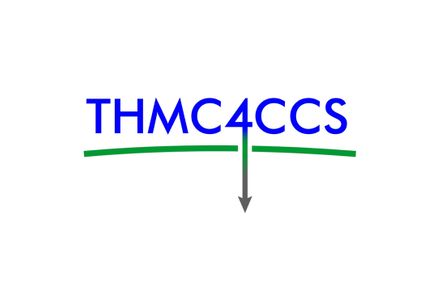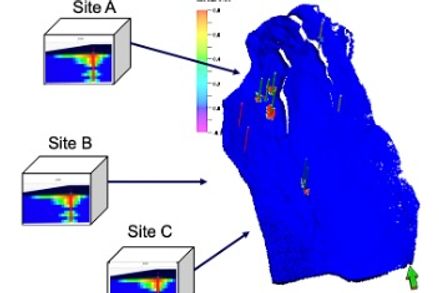BibTex format
@article{Rucker:2020:10.1016/j.jcis.2019.11.086,
author = {Rucker, M and Bartels, W-B and Garfi, G and Shams, M and Bultreys, T and Boone, M and Pieterse, S and Maitland, GC and Krevor, S and Cnudde, V and Mahani, H and Berg, S and Georgiadis, A and Luckham, PF},
doi = {10.1016/j.jcis.2019.11.086},
journal = {Journal of Colloid and Interface Science},
pages = {159--169},
title = {Relationship between wetting and capillary pressure in a crude oil/brine/rock system: From nano-scale to core-scale},
url = {http://dx.doi.org/10.1016/j.jcis.2019.11.086},
volume = {562},
year = {2020}
}





